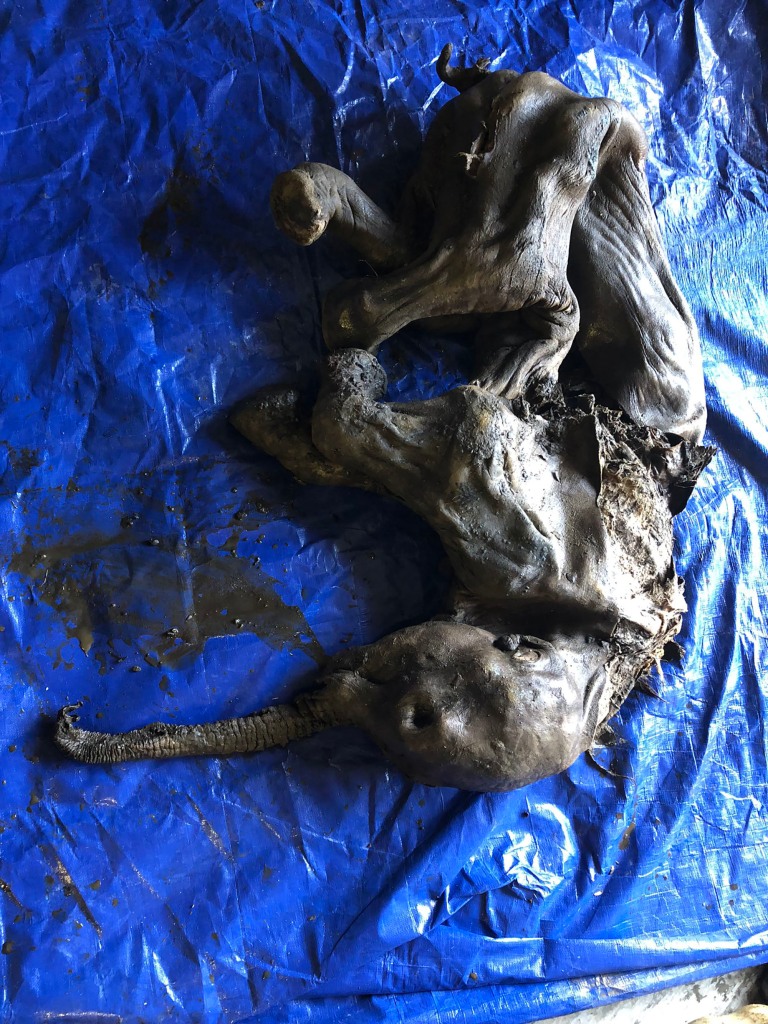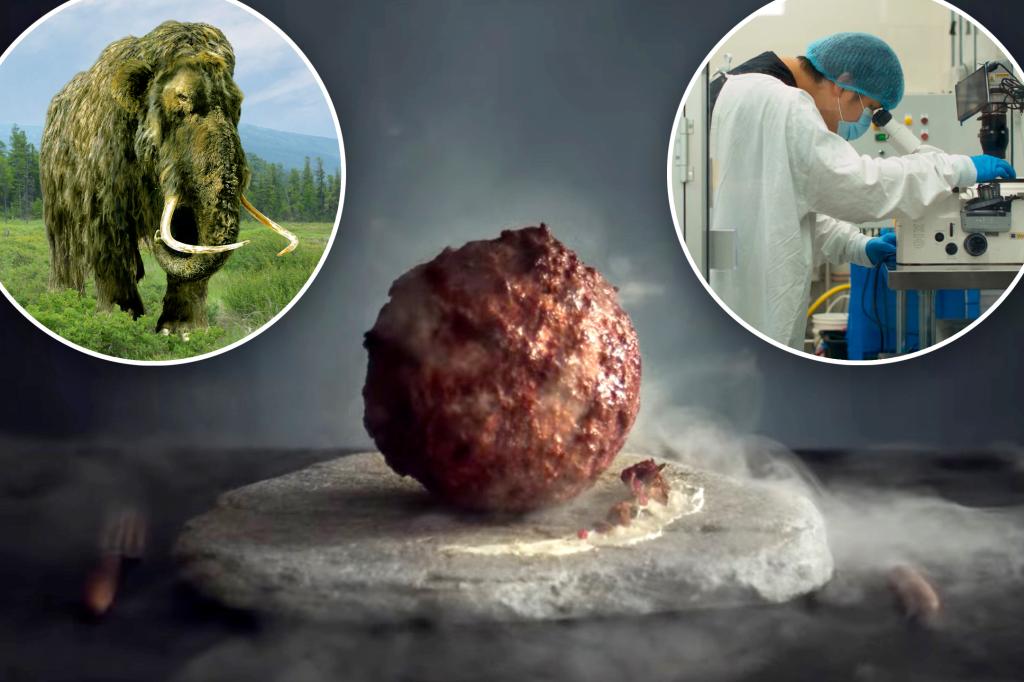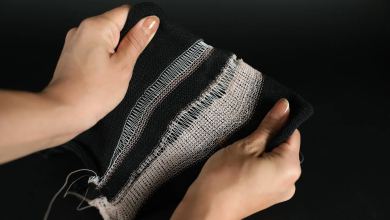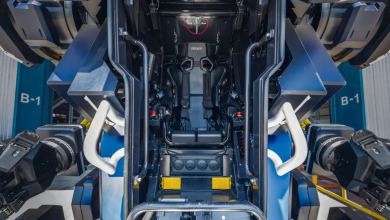Scientists Develop Woolly Mammoth Meatball, But Refrain from Consuming it Due to Fear
Discover the fascinating world of Jurassic pork and satisfy your curiosity!
Have you ever considered what it would be like to taste prehistoric animals? It may soon become a reality, as an Australian food company has created a unique dish using primeval meatballs made with the flesh of a resurrected woolly mammoth.
Vow, an Australian company, has developed an innovative way to produce sustainable meat by cultivating cells from biopsies of unconventional animals. This led to the creation of the prehistoric Frankenfood.

According to a report by The Guardian, the innovative food company has explored the potential of 50 unusual species, including alpaca and peacock, to create the ultimate protein using lab-grown techniques. It’s comparable to the Indominus Rex from “Jurassic World,” but for foodies.
On Vow Food’s website, representatives of the company express their dedication to discovering distinctive cells or cell combinations from all corners of the world in order to stimulate the creation of innovative products and enhance the overall culinary experience.
Vow, in their most recent undertaking of combining meats, has made a distinct decision to resurrect the woolly mammoth, an animal that has been extinct for over 10,000 years. This move is quite a unique one, as the woolly mammoth has long since passed its sell-by date.
Tim Noakesmith, co-founder of Vow, explained the reason behind their choice of the woolly mammoth as a food source: not only is it a representation of the decline in diversity, but it also symbolizes climate change. To bring this ancient animal back to life in a culinary sense, Noakesmith partnered with Professor Ernst Wolvetang from the Australian Institute for Bioengineering and Nanotechnology at the University of Queensland.
Scientists have managed to bring back the flavor of long-extinct mammoth meat by utilizing the DNA sequence for mammoth myoglobin, a protein responsible for taste. To complete the missing gene links, they incorporated the DNA of an elephant, which is the closest living relative of the ice age animal. The study’s findings can be found here.
When this particular formula was introduced to sheep stem cells, it prompted them to duplicate and generate the 20 billion cells necessary for producing lab-grown meat.

In creating the hybrid protein, Wolvetang revealed to the Guardian that despite its intricate resemblance to the process depicted in “Jurassic Park,” the method was surprisingly effortless and speedy, taking only a mere few weeks to accomplish.
Regrettably, the flavor of mammoth meat remains a mystery as scientists are reluctant to taste it due to the animal’s extinction.
According to Wolvetang, it has been thousands of years since this particular protein has been observed. With no prior knowledge of how our immune system will respond to its consumption, it remains a mystery.

He remarked that if they were to repeat the process, they could potentially make it more acceptable to regulatory agencies. However, we strongly caution against consuming the newly unearthed baby mammoth that has been frozen in a block of ice for over 30,000 years.
A never-before-seen mammoth meatball is set to make its debut at Amsterdam’s NEMO Science Museum this Thursday. Vow, the creators of this innovative dish, revealed to Good Morning Britain that their initial plan was to concoct “dodo nuggets,” but they were unable to obtain the genetic sequence of the extinct bird.
Vow has no intention of playing God by reviving ancient proteins. Instead, they aim to gradually eliminate the industrial meat production process, which is causing significant harm to the environment as a result of its emissions and resource consumption. The company believes that lab-grown meat is a more sustainable alternative, as it requires significantly less land and water and emits almost no greenhouse gases.

During an interview with GMB, Vow representatives claimed that by taking a small biopsy from an animal, they can generate an ample amount of food to sustain entire cities and nations. Click here to read more about Vow’s innovative approach to food production.
According to Seren Kell, the European representative of the Good Food Institute, the cultivation of beef, pork, chicken, and seafood can significantly reduce emissions from traditional animal agriculture. Kell praised a groundbreaking project for its potential to stimulate discussions about the incredible potential of cultivated meat to create sustainable food. The Guardian reported on Kell’s comments.
As of now, lab-grown meats are legally permitted for sale to consumers solely in Singapore.
During the summer season, the US Food and Drug Administration gave the green light for the consumption of lab-grown chicken, confirming its safety for human consumption. This development has paved the way for the possibility of seeing meat created from concentrated sources in restaurants in the near future.















Playing with fire KIDS
Weak… if they made it they gotta eat it… then sit in the lab isolated for 3 months until 100% of it is gone from their system and burned so we do not have another pandemic
Id try it
LET ME EAT IT!!!
🤢
They’re afraid of a meatball, but they run to get every 💉👈🤔